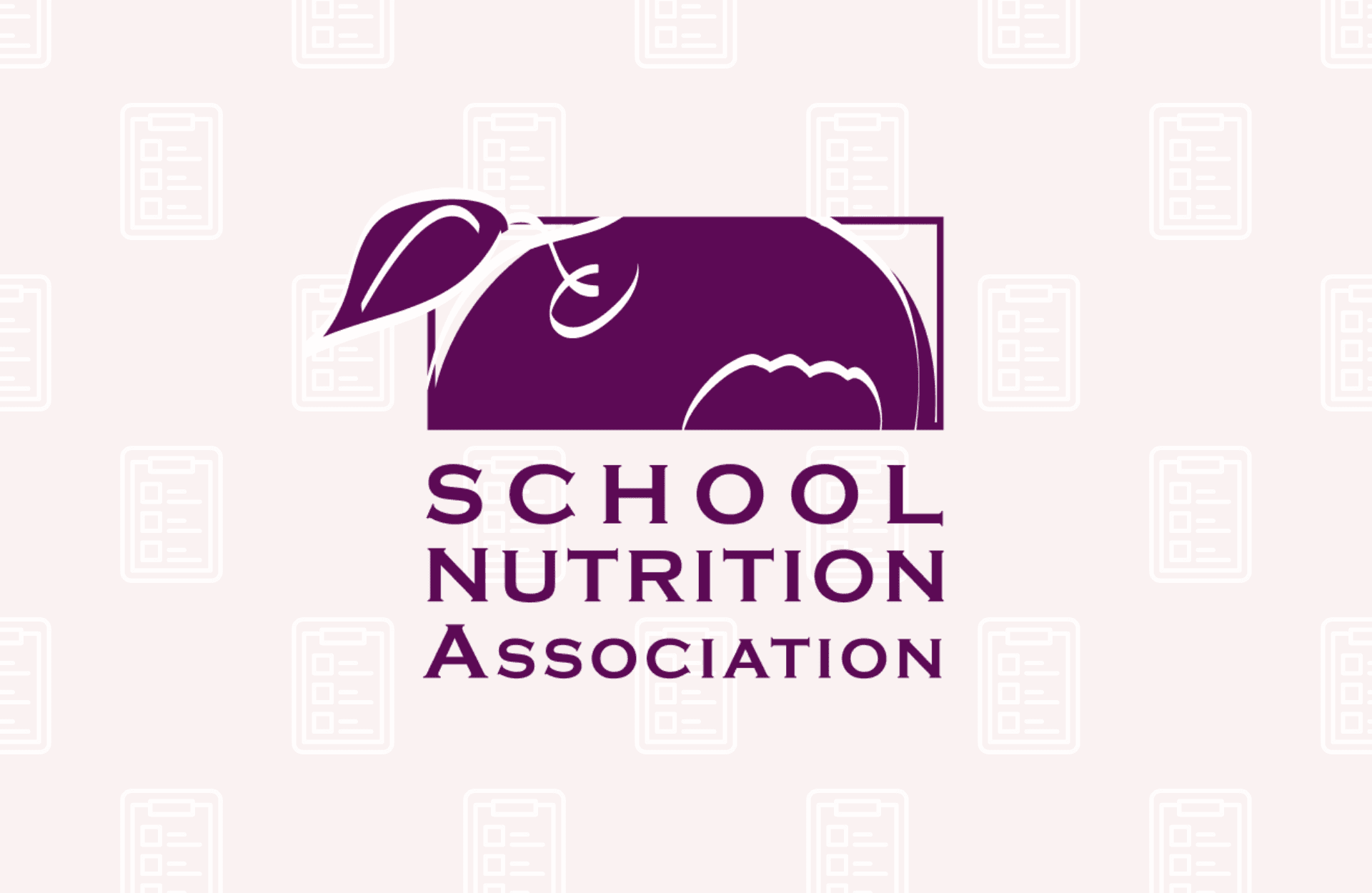FOR IMMEDIATE RELEASE:
Contact: Diane Pratt-Heavner
301-686-3124
media@schoolnutrition.org
SNA Urges Support for School Meal Flexibility in Omnibus Appropriations Bill
2014-12-10
NATIONAL HARBOR, MD – The School Nutrition Association (SNA), on behalf of 55,000 school cafeteria professionals, is urging Members of Congress to support the Fiscal Year 2015 Omnibus Appropriations Bill, which contains language to provide schools greater flexibility to plan healthy school meals that students will eat.
The bill addresses several of SNA’s requests for 2015 Child Nutrition Reauthorization: maintaining Target 1 sodium levels (suspending further sodium reductions for “meals, foods, and snacks sold in schools”) until scientific research supports them; and providing flexibility under the mandate that all grains offered with school meals be whole grain rich. Specifically, the bill allows states to establish an exemption for struggling schools, permitting them to meet the July 2012 mandate that half of grains offered be whole grain rich.
“School Nutrition Association and its members strongly support the Omnibus Appropriations Bill,” said SNA CEO Patricia Montague, CAE. “SNA greatly appreciate Congress’ recognition of the challenges school nutrition professionals have faced as they work to meet new nutrition standards while ensuring students continue to eat healthy school meals.”
“USDA’s regulations were well intended, but have resulted in unintended, adverse consequences. Since the new standards took effect, 1.5 million dissatisfied students have given up on school meals, taking their lunch money with them. The financial impact is crippling some school meal programs and limiting their ability to invest in the kind of innovative, appealing menus that can entice students back to the cafeteria,” said Montague.
SNA has worked closely with USDA and other partners to assist members in successfully implementing the new regulations. The Association has developed webinars, toolkits, education sessions, financial management and marketing resources to help schools increase participation and student acceptance while managing costs.
However, new USDA data, released on Friday, shows that school lunch participation continues to decline in the 2014-15 school year with 183,510 fewer students choosing school lunch in September 2014 than September 2013.
As schools struggle with the resulting decline in meal program revenue, USDA estimates that in Fiscal Year 2015, local school districts and states must absorb $1.22 billion in new food, labor and administrative costs under the regulations, amounting to a 10 cent increase in the cost of preparing each school lunch and a 27 cent increase for breakfast.
As a result, according to a recent SNA survey, only 18% of school meal program operators anticipate their meal programs will break even this school year.
SNA has been advocating for Congress or USDA to provide school cafeteria professionals reasonable flexibility under the rules to plan menus that appeal to diverse student tastes. The Association supports strong federal standards for school meals, including limits on calories and mandates to offer more fruits and vegetables, and has only called for commonsense flexibility under the rules to help students adjust to healthier meals and protect the financial stability of school meal programs.
“The Omnibus Appropriations Bill will ensure students continue to receive healthy, well balanced meals at school,” said Montague. “SNA looks forward to working with Congress and USDA in the coming year to address other challenges under the rules and ensure school meal programs can continue to serve nutritious meals for students.”
Click here for details on SNA’s requests of USDA and Congress.
About School Nutrition Association:
The School Nutrition Association (SNA) is a national, non-profit professional organization representing 55,000 school nutrition professionals across the country. Founded in 1946, SNA and its members are dedicated to making healthy school meals and nutrition education available to all students. For more information on school meals, visit www.SchoolNutrition.org/SchoolMeals.
Related Articles

SNA Urges MAHA Commission to Invest in School Meals
Read More

School Nutrition Professionals to Implore Congress to Protect School Meals
Read More




